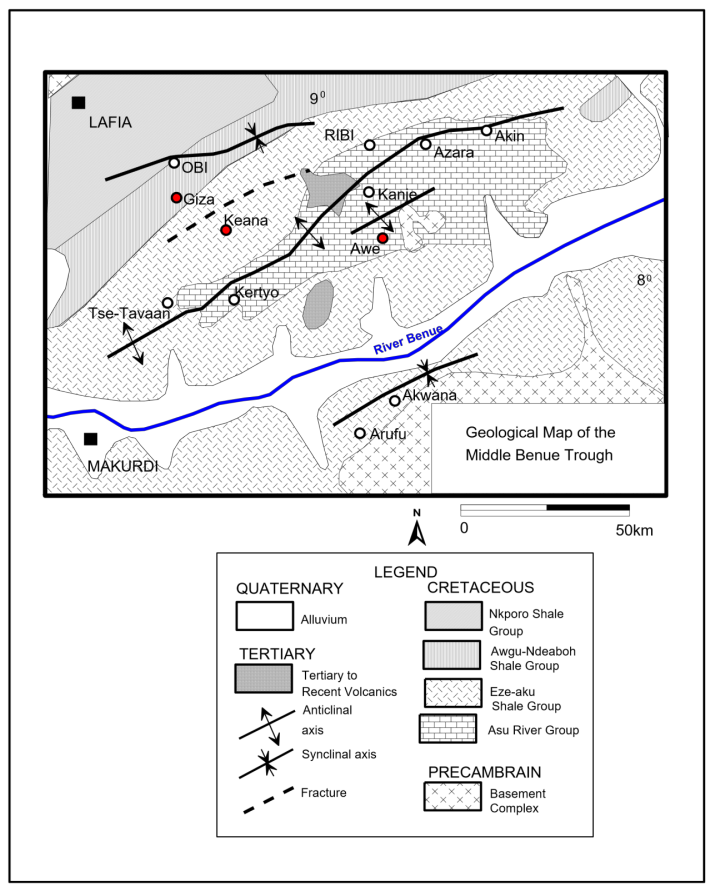Radiotoxicity and groundwater quality for drinking in a multi-layered saline sedimentary terrain of Keana, Central Benue trough, Nigeria
Keywords:
Groundwater, Chemical toxicity, Radionuclide, RadioisotopeAbstract
The evaluation of uranium concentrations in the groundwater is therefore pertinent to advise on the known connection between the chemical and radiological toxicity of the element with some chronic lung cancer and kidney diseases. The activity concentrations in all the water samples vary from 372 to 19964 µgL-1 with the highest value in the AG borehole samples and the lowest in both the AB and AC samples respectively. The estimated Annual Effective Dose (AED) for all the age groups that rely on groundwater-based drinking varies from 0.012 to 0.991 mSvy-1 with the highest value of 0.991 mSvy-1 reported in sample AG for children age range from 7-12 years. The lifetime cancer mortality and morbidity risk due to 238U vary from 1.40 x 10-2 to 1.54 x 10-1 and 2.14 x10-2 to 8.60 x 10-1 respectively, with the highest value reported in the sample AG. All the values exceed the acceptable cancer risk value of 10-3 recommended by the United States Environmental Protection Agency (USEPA). The Lifetime Average Daily Dose (LADD) of 238U varies from 8.58 x 10-4 to 4.61 x 10-2 with the highest value of 4.61 x 10-2 μgkg‒1day‒1 noted in the sample AG. The LADD for all the samples is lower than the acceptable value of 0.6 × 10-1 μgkg‒ day‒1. Though the risk at some locations is close to the threshold value, thus the present concentration of 238U in the groundwater may pose a serious threat to the users unless adequate treatments are taken before consumption.

Published
How to Cite
Issue
Section
Copyright (c) 2024 Nuhu Degree Umar, Shekwonyadu Iyakwari

This work is licensed under a Creative Commons Attribution 4.0 International License.
How to Cite
Most read articles by the same author(s)
- Oyesiji Cornelius Oyeyemi, Shekwonyadu Iyakwari, Stephen Ewoma Obrike, Nanlir Geoffrey Jangfa, Geobotanical and Biogeochemical Prospecting Method of Complex Sulphide Ore of Pb-Zn-Cu-Ba in Abuni-Adudu areas of the Middle Benue Trough, Nigeria , African Scientific Reports: Volume 2, Issue 2, August 2023




